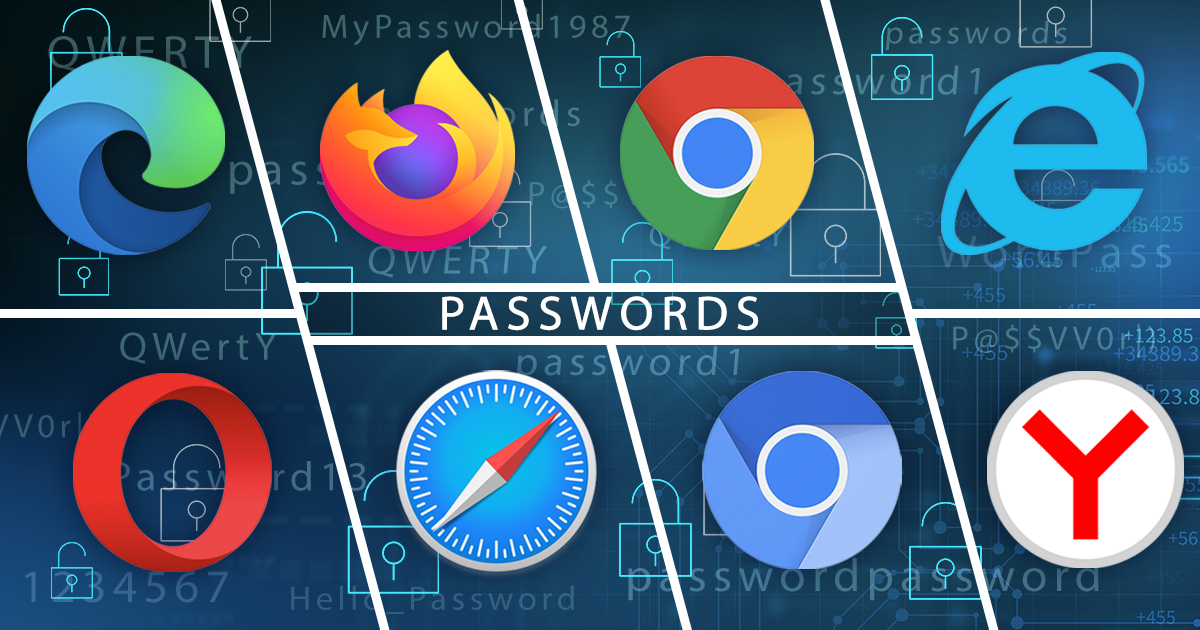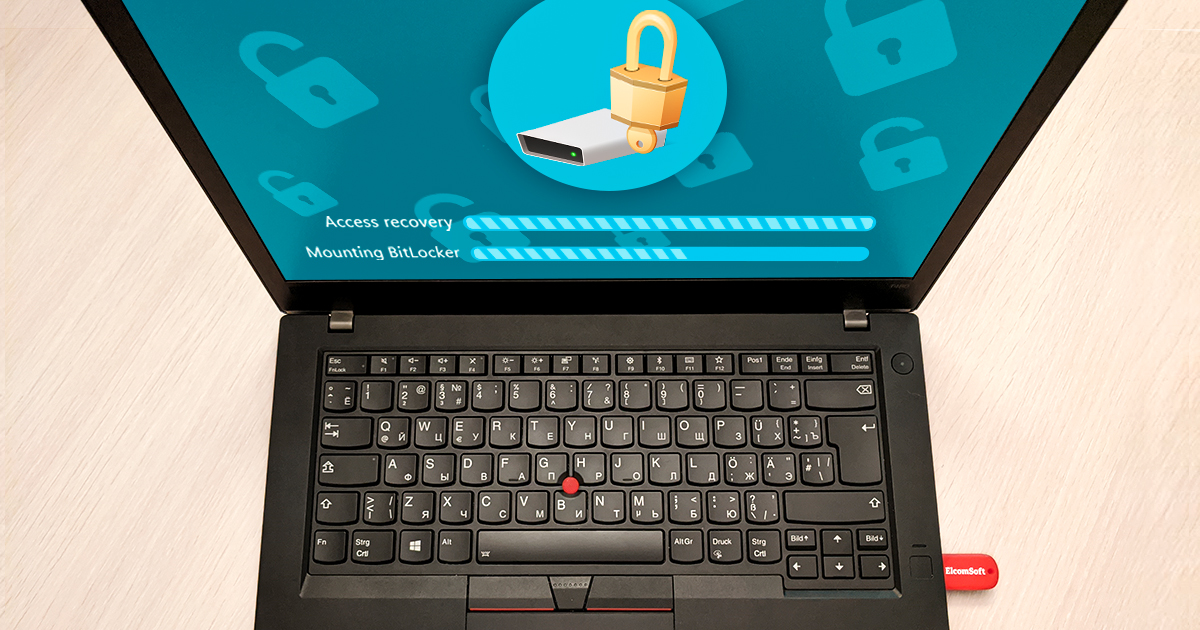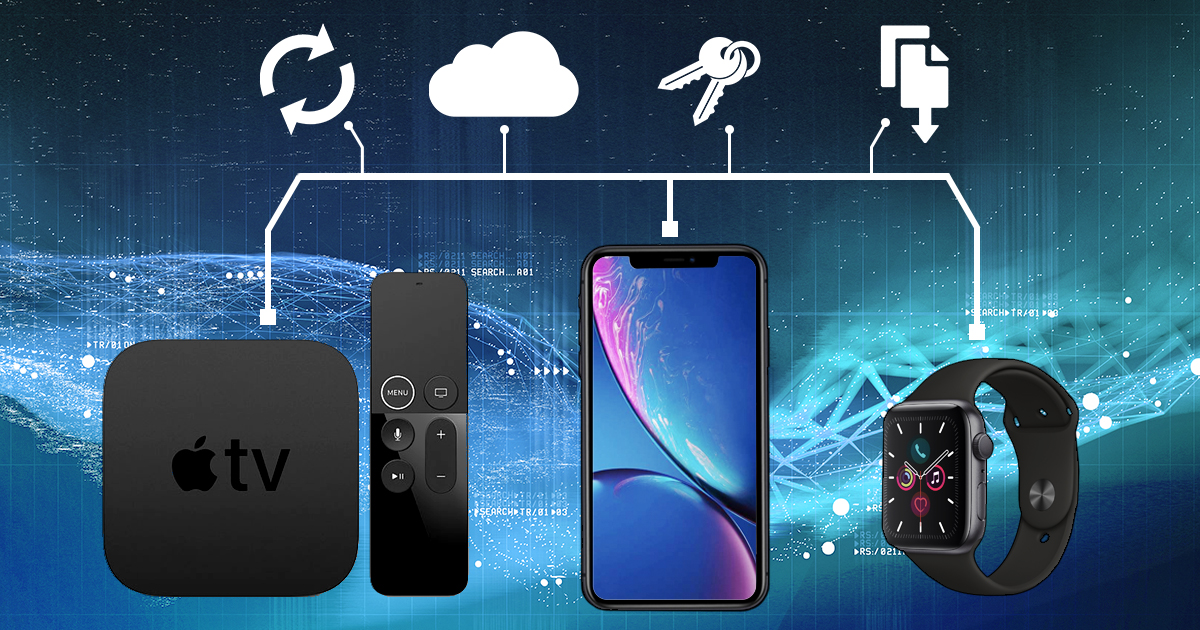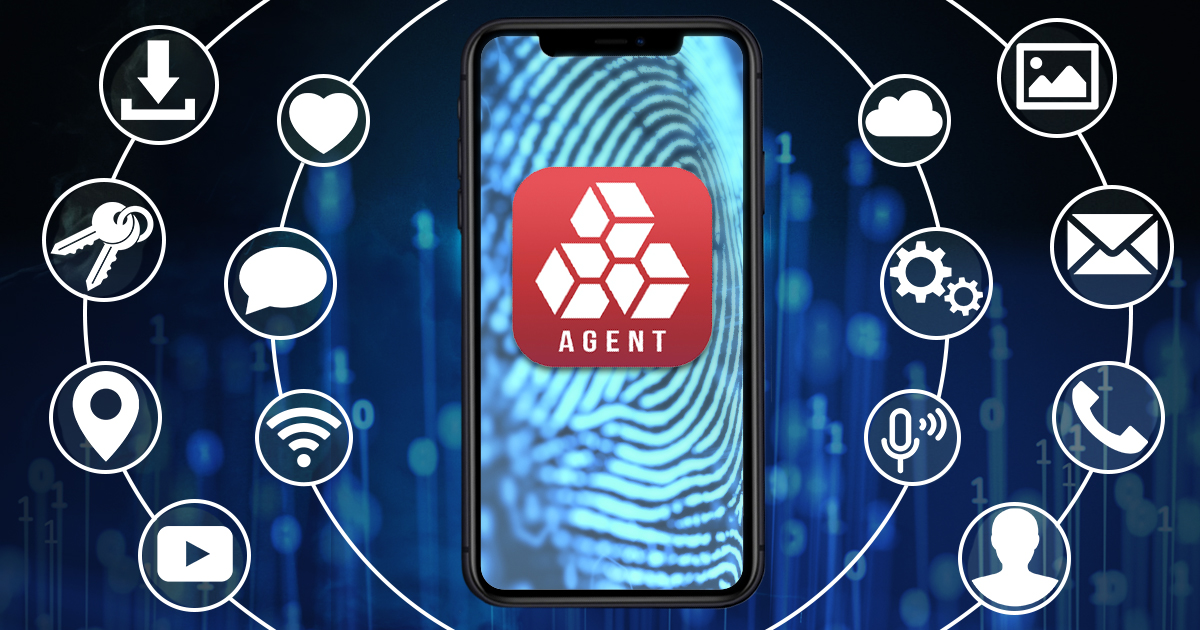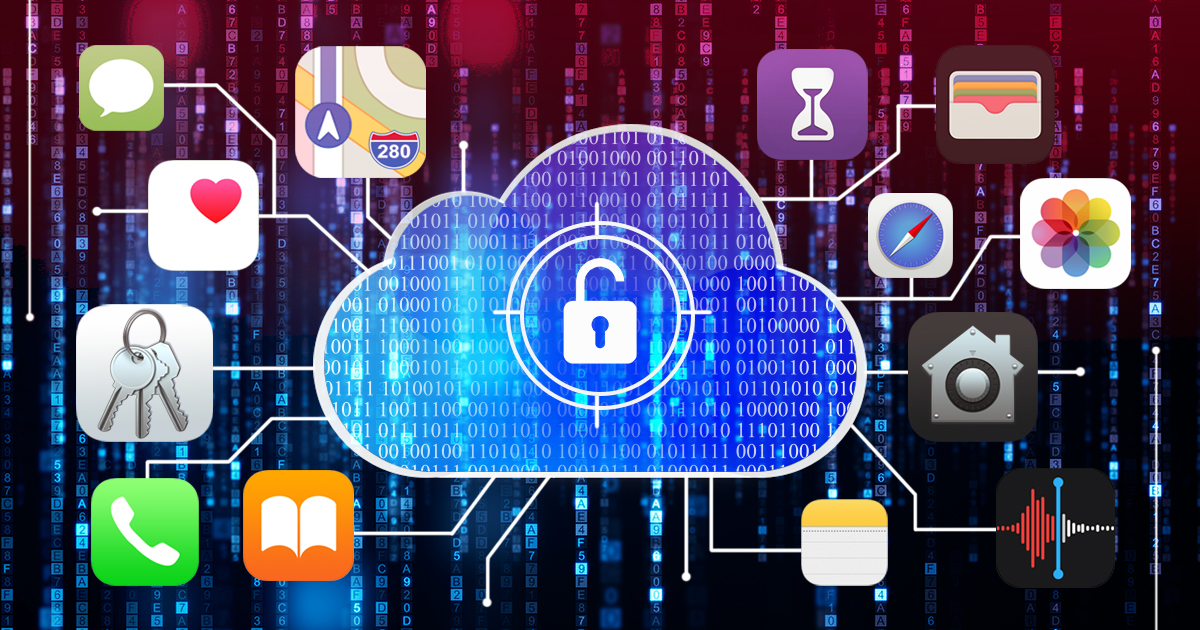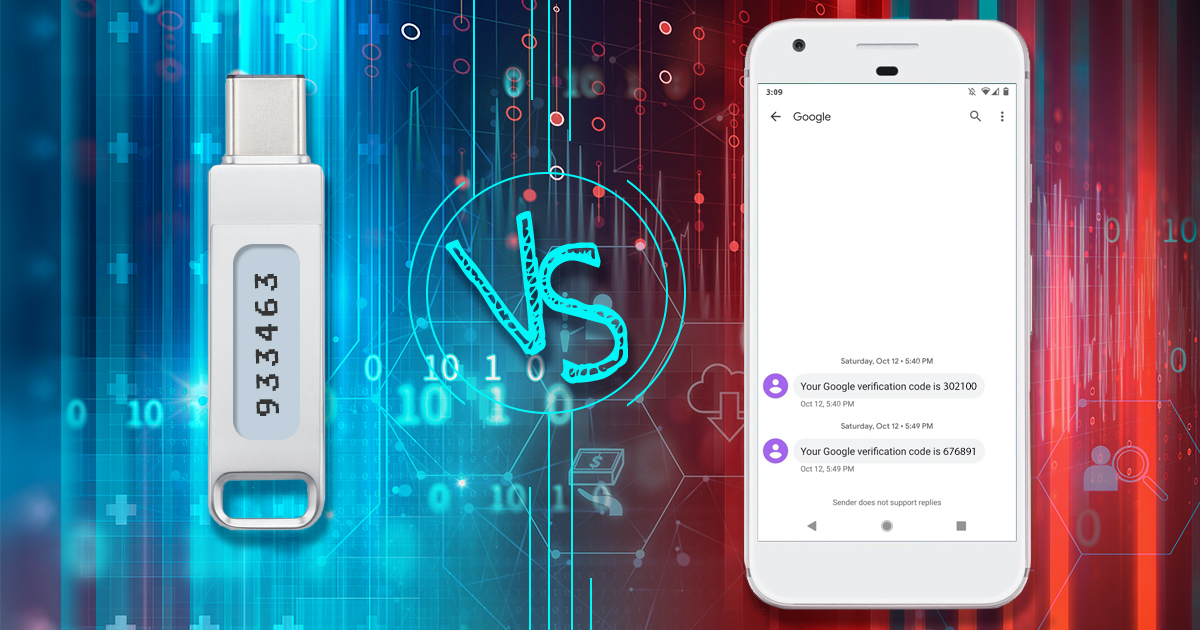June 16th, 2020 by Oleg Afonin
Originally released in September 2016, iOS 10 was regularly updated for most devices until July 2017. The 64-bit iPhones capable of running iOS 10 range from the iPhone 5s to iPhone 7 and 7 Plus. While one is hardly likely to encounter an iOS 10 in the wild, forensic labs still process devices running the older version of the OS. In this update, we’ve brought support for jailbreak-free extraction back to the roots, adding support for the oldest version of iOS capable of running on the iPhone 7 generation of devices. Let’s see what it takes to extract an older iPhone without a jailbreak. In addition, we have expanded support for the Apple TV devices, now offering keychain decryption in addition to file system extraction for both Apple TV 4 (Apple TV HD) and Apple TV 4K running tvOS 13.4 through 13.4.5.
Read the rest of this entry »

